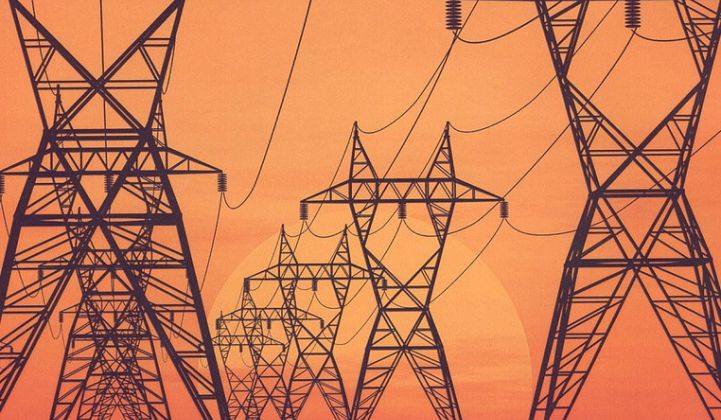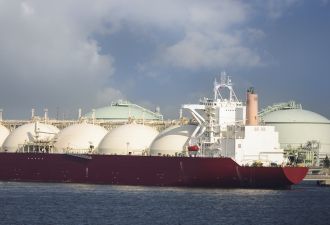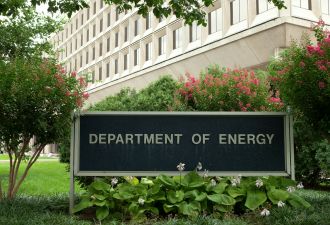The Federal Energy Regulatory Commission just took its strongest step yet to initiate markets for energy storage across the nation.
The commission, which governs interstate power transmission and wholesale markets, proposed a rule Thursday that would require each regional transmission organization and independent system operator to create rules for energy storage to participate in wholesale markets. The new regulations would have to recognize "the physical and operational characteristics of electric storage resources," which differ from traditional grid infrastructure in that they can act as both a load and a generator, and perform a multitude of functions if given the chance.
If approved, the proposed rule could greatly expand the role of energy storage in wholesale markets -- and the size of the industry itself. So far, storage has been relegated to the few areas that passed enabling policies.
The PJM grid operator created a frequency regulation market and became the largest U.S. market for energy storage. It has seen 250.5 megawatts of cumulative deployments since 2013, according to GTM Research. The California ISO established a "non-generator" resource type that allowed storage to compete in the markets, and California became the second most prolific U.S. market for energy storage, with 73.2 megawatts deployed.
ISOs and RTOs serve about 70 percent of the country, so if FERC requires all ISOs and RTOs to adopt similar policies, the geographically cloistered storage industry could quickly go nationwide.
"This isn't just clarifying existing rules; it's redefining the rules to acknowledge the fact that energy storage cannot adequately participate right now and changing the rules to accommodate it," said Daniel Finn-Foley, senior analyst for energy storage at GTM Research. "It's a really big deal."
The proposed rule also directs grid operators to adjust their rules so that distributed energy resource (DER) aggregators can compete in wholesale markets "under the participation model that best accommodates the physical and operational characteristics of its distributed energy resource aggregation." This could expand the market potential for a host of distributed resources, like demand response, energy efficiency, storage and renewables. The numerous companies with business strategies that hinge on aggregation will have a greatly expanded geographical scope.
To be clear, this rule is by no means finalized. This announcement followed a request for information back in April. After publication of the proposal in the federal register, stakeholders will have 60 days to submit comments. At that point the commissioners will re-evaluate the rule in light of the new information submitted. They could pass it as-is, or pass a revised version, or keep deliberating.
Adding to the variables, President-elect Donald Trump will have an opportunity to appoint two new commissioners after taking office January 20, so the new blood could influence the direction of the final wording. Keen observers of the storage industry will want to keep their eyes on this process for the next few months -- and beyond.
"This will create at least a basic level of access for storage to all of the market products of each RTO and ISO," said Jason Burwen, policy and advocacy director at the Energy Storage Association, a storage industry group. But, he added, "Implementation matters. Each RTO and ISO will make decisions about how it wants to go about this."
The FERC proposal could accelerate the integration of storage into the grid far beyond the status quo trajectory, but ultimately the more local decisions will govern the details of how storage actually participates in the markets.
To learn more about this and other pressing storage industry developments, join Greentech Media for the U.S. Energy Storage Summit Dec. 7-8 in San Francisco. Now in its second year, the Summit will bring together utilities, financiers, regulators, technology innovators and storage practitioners for two full days of data-intensive presentations, analyst-led panel sessions with industry leaders and extensive, high-level networking. Learn more here.



